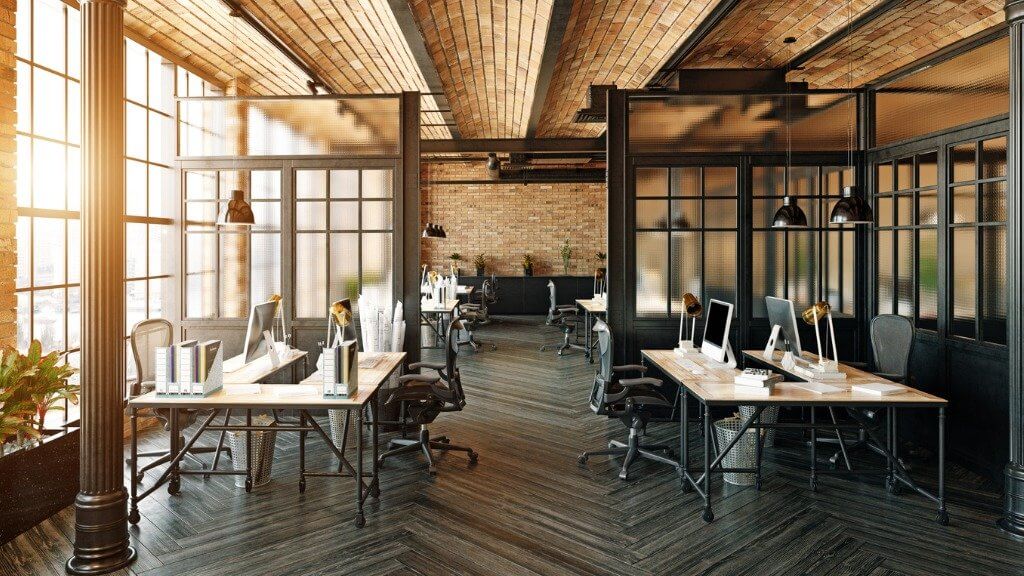Could The Coronavirus Have Lasting Implications For How Workplaces Are Designed?

As the ongoing coronavirus crisis has intensified, one particular message among the business community has been clear: workers are often better out of the office than they are in it. The CDC advises that sick employees remain at home, while working from home has been encouraged.
However, as more and more people leave the physical enclosure of the office, it begs the question: once the viral outbreak has finally died down, will we want to return to the office again? If we do, will it ever be quite the same space we once knew? A complex picture is currently being painted…
Necessity is indeed the mother of invention
The CDC has published various strategies it recommends that employers follow to help rein in the spread of the virus responsible for the illness known as COVID-19. The advice includes that any employees with symptoms of acute respiratory illness should be sent home for now.
Employers are also encouraged to place, around the workplace, posters educating on various aspects of anti-coronavirus etiquette. However, as employers arrange for staff to work remotely as far as practically possible, they might consider redesigning, not just redecorating, the workplace.
Remote working has become more practical over the years
The years since… when? The SARS outbreak of 2002-03, of course, with which comparisons can obviously be drawn to the coronavirus crisis. In the almost two decades that have elapsed in-between, corporate management practice has become more flexible and decentralised.
“The tech is better than it was in the last pandemic. People are more used to it,” Brian Kropp, chief of research at Gartner’s human resources practice, has observed to the Financial Times. Nonetheless, Johnny Taylor, chief executive of the US Society for Human Resource Management, believes that most firms would struggle to widely maintain remote working beyond a few weeks.
“If you really could get away with that, perhaps you could consider having a remote workforce always,” he says. However, there’s one good reason why even companies in that position probably shouldn’t make the change permanent – and that’s the social aspect of using a physical office.
Why there’s not quite a straight substitute for the traditional office
Mark Eltringham, the publisher of Workplace Insight, argues that working from home “distances people from each other and whatever shared goals they have.” He also notes how loneliness and isolation have been associated with faltering physical and mental health.
He adds that, according to research, in-person meetings remain much more effective than emails for communication purposes. Insights like this and “the underlying need to share space with other people … have profound implications for our wellbeing.”
Perhaps the real question, then, should focus on how flexible your office’s design is. Staff like those at the London-based firm Maris are experts in designing offices that can be adjusted to mitigate the adverse effects of emerging crises like that of the coronavirus. Ideally, you want a workplace that can both weather the storm and serve your business well long after that storm has subsided.




